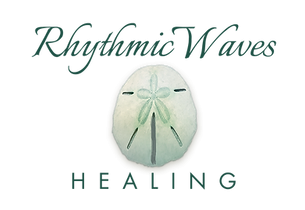Body Work
Gentle Osteopathic based sessions
Cranial sacral therapy
The Cranial Sacral system consists of a membranous tube, surrounding and protecting the brain and spinal cord. It is within this tube the cerebrospinal fluid is being pumped in a continuous rhythmic motion, which is known as the Cranial sacral rhythm. This tube extends from the bones of the skull, face, and mouth, which make up the cranium, down to the sacrum at the base of the spine. As the cranial pump produces and delivers cerebrospinal fluid, the nerves are being bathed with fresh nutrients vital to a healthy immune and central nervous system.
Working with the Viscera
“Viscera” relates to the internal organs of the body, such as the liver, kidneys, and intestines. For proper functioning, there must be synchronicity between the motion of all internal organs and their surrounding tissues. Each of the organs is moving to its own rhythm as the cardiovascular system pumps blood, the lymphagions pump lymph and the CranioSacral system pumps Cerebral spinal fluids. Due to imposed stresses on the organs and their connective tissues, the organs become compromised and efficient functioning becomes inhibited. With a sophisticated touch, proper function is re-established, thereby allowing structural integrity to the body.
Positional Release Techniques
Due to factors such as stress, accident, injury, improper posture or an emotional trauma the nervous system becomes short circuited. This can add more stress to the body as it tries to re-adapt. Using positional release techniques the body's innate ability to find the 'right place' is then recognized and acknowledged. With a very gentle touch, the practitioner encourages the changes to take place by simply following the movements or taking the body further into the 'preferred' posture. By using these techniques the nerves that respond to muscle function will self balance and bring a sense of physical and emotional well being to the receiver.
